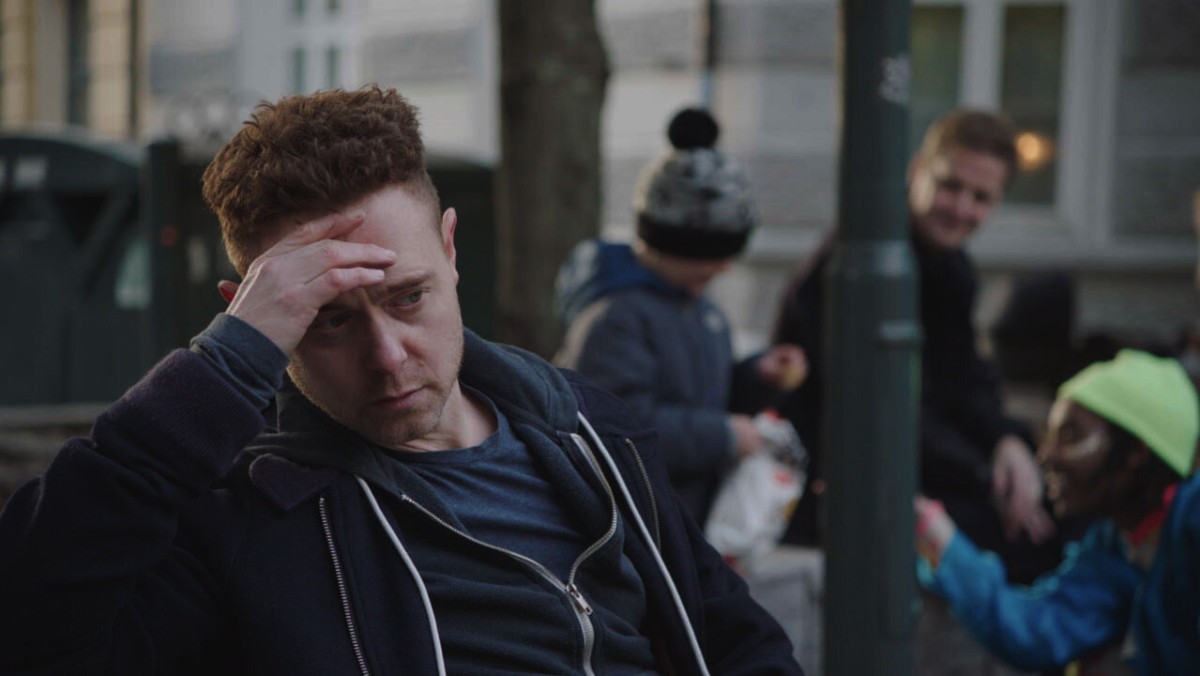
A Case Study
Narrative | Dramatic Features
Film Name: HIM
Genre: Fiction, drama
Date: 2021
Director: Guro Bruusgaard
Producers: Guro Bruusgaard, Magnus Mork, Mariken Halle and Katja Eyde Jacobsen
Writer: Guro Bruusgaard and Fijona Jonuzi
Cinematographer: Marte Vold
Production Company: Alternativet Produksjon AS
Budget: 6,1 million NOK (Norwegian kroner)
Financing: Norwegian Film Institute, Eurimages, The Arts Council Norway, and private funding from the filmmakers
Shooting Format: Digital
Screening Format: DCP
World Premiere: Moscow International Film Festival 2021
Awards: NA
Website: https://www.alternativetproduksjon.no
indieactivity: Tell us about “who you are”?
Guro Bruusgaard (GB): I was born in Oslo, Norway in 1977 and was educated at Nordland Art- and Film School in Lofoten and at the Gothenburg Film School (now part of HDK-Valand), known for its auteur approach. I have made many shorts, including the award-winning short Circus. I have since worked as a director, producer, screenwriter, and editor. Notably, I have worked on several projects with Swedish filmmaker Fijona Jonuzi and edited all her shorts. Fijona Jonuzi also co-wrote HIM. In 2017 I was one of the founders of the production company Alternativet Produksjon.
The Official Trailer for HIM directed Guro Bruusgaard
Introduce your film?
Guro Bruusgaard (GB): I’ve made a feature following three male characters during a rough day in their lives. It’s an open reflection about the male role and the crisis of masculinity in today’s society. It’s both funny and emotional.
Tell us why you chose to write, produce, direct, shoot, cut/edit the movie? Was it financial, chance, or no-budget reason?
Guro Bruusgaard (GB): I read that when you ask people what they fear the most about the opposite sex, women answered that their greatest fear was to be killed or raped. When men were asked the same question, their answer was to be laughed at by women. Of course, it´s a universal human fear; the fear of being laughed at or violated. But there are some men in our society with a great aggression against women or ethnic, religious, or LGBT minority groups, and I think some of this aggression is founded in the fear of being humiliated or violated. And why is that? The society? Dad? Mum? The lack of recognition? I have no answers, only questions, and I wanted this film to discuss gender, power, outsideness, and the school system.
This project is also about the vulnerable boy or man who does not fit into contemporary Norway in 2020. And it’s about the wrecked male character behind the 22nd of July massacre in 2011 and the wave of solo terrorists all over the West, shootings that have become a part of our daily news picture. People with an unknown aggression that can turn on themselves or at us as a society. Recent research shows that men are no longer dominant in the school system, rather they are the ones falling out. Right-wing populism and the alt-right movement are typically framed by a man with an angry and humiliated mindset. Working with the amazing scriptwriter Fijona Jonuzi, I wanted to write and make a film that’s both emotional and funny (because in all tragedy you can find something comic), that made the audience recognize themselves and want to discuss the topic.
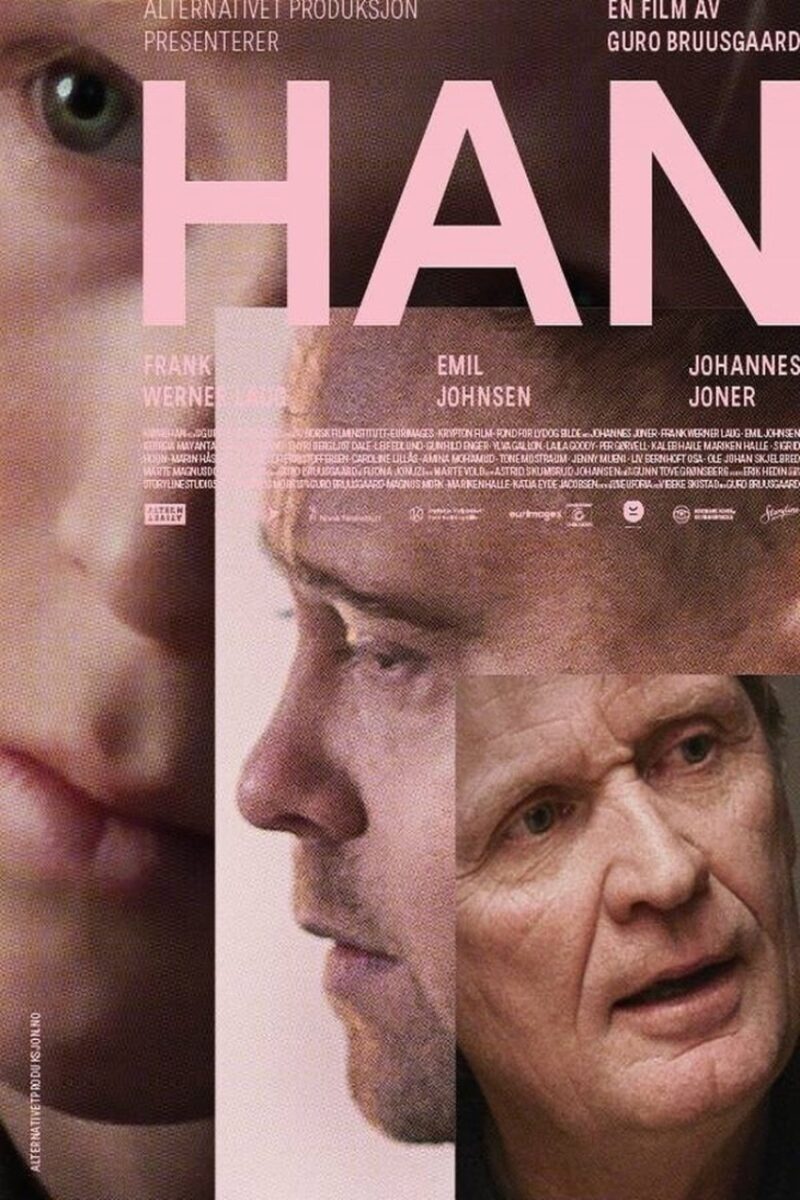
We financed the film by filming for all the small funding we received and by our own investment (in form of labor). So we shot the film in five different shoots over three years. Finally, we got funding from Eurimages and The National Film Institute to do the post-production. It also gave a lot of energy to film over such a long time, cut in between and work with fantastic actors in the different parts- as it is a film with three separate stories. I have worked with so many great people, and being able to be a part of all the processes in the production has been very satisfying.
What is the source of the idea? How did the story develop from the idea? And how did the story evolve into a screenplay? Why do this story? Do you have a writing process?
Guro Bruusgaard (GB): I think this question is answered in the answer over, and under where I write about the writing process.
Introduce your crew?
Guro Bruusgaard (GB): Our company Alternativet is run by four filmmakers – Guro Bruusgaard, Magnus Mork, Katja Eyde Jacobsen, and Mariken Halle – who all work on each other’s projects, taking different roles. As for HIM, the crew is mainly led by women: DOP Marte Vold, Editor Astrid Skumsrud Johanssen, co-writer Fijona Jonuzi and sound designer Gunn Tove Grønsberg. We also have producer Magnus Mork and the composer Erik Hedin. All are based in the indie film scene in Oslo, Norway. I could never have produced this film without this crew. Especially my fellow producers Mariken Halle who opens up new possibilities all the time, and Magnus Mork who has worked so hard by my side, handling all production challenges that I could never have done on my own.
What are your personal experiences putting on all these hats/responsibilities (simultaneously)? Tell us about story, writing, and production?
GB: I sometimes prefer to define myself as a filmmaker more than a director, as I’ve always been used to being involved in all the parts of making a film – from writing to editing. That’s also how I was schooled at the Gothenburg Filmschool which has educated directors like Isabella Eklöf, Ruben Östlund and Gabriella Pichler. Although we are all very different filmmakers, I believe there is a common idea about filmmaking with a personal approach.
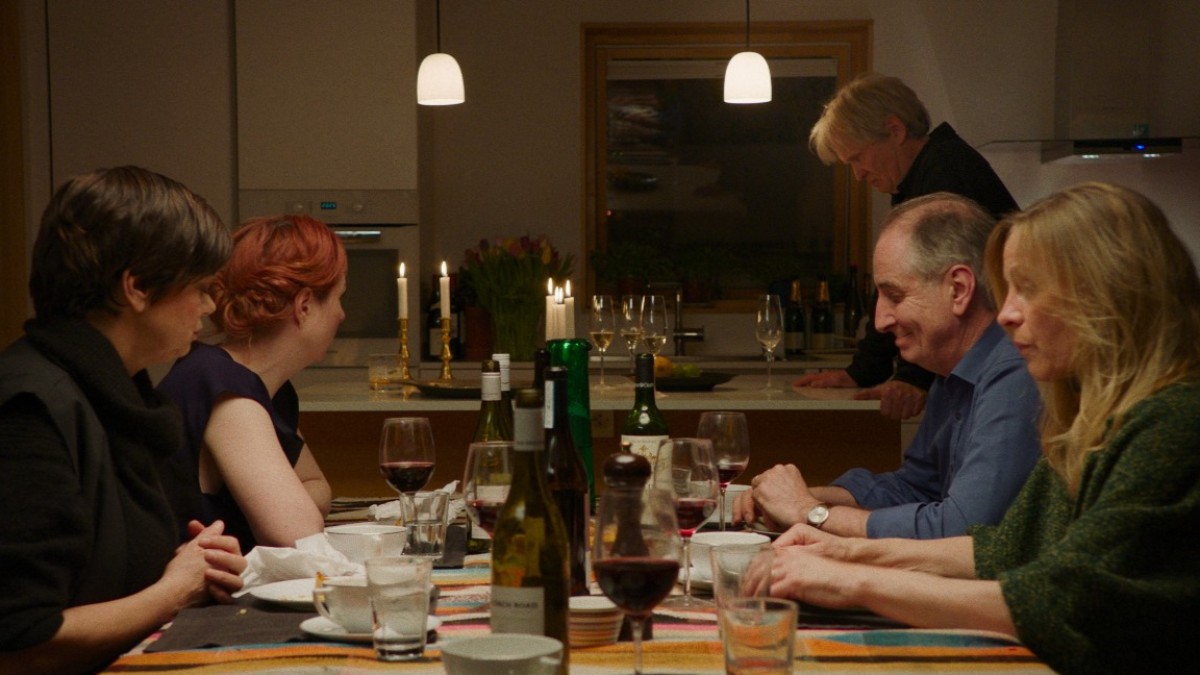
I have learned a lot about being a filmmaker making this film. Since I have produced the film through Alternativet and am a producer on the film together with Magnus Mork, Mariken Halle, and Katja Eyde Jakobsen, I have learned an awful lot about how it is possible to make a film in a different way than the traditional way. Because it is produced in a very different way – over a long period of time, on small funds, and with a relatively small crew. But also that I, as a director, have been in all the processes throughout the production of the film, and being so close to the entire production of the film has been absolutely satisfying.
What is the source of the idea? How did the story develop from the idea? And how did the story evolve into a screenplay? Why do this story? Do you have a writing process?
GB: I did a lot of research, especially on vulnerable boys and men, aggression, and a lot around male, solo terrorists. Both internationally, but also on the stories behind the two terrorist attacks we have had in Norway in recent years.
Then I transferred the research material to Fijona Jonuzi (co-writer) with whom I wrote the script together. We had some questions we wanted to investigate and we also wanted to try to create an understanding. Therefore, it was important that we were at eye level with the characters we created. In a way, we wrote these three male roles based on ourselves as offended individuals. Because we are all afraid of being laughed at and of being humiliated. I think that is universal for all of us. We wrote them in a way based on our own experiences, but of course also with other references and so on. That’s a bit of the point in the film as well – that you should be able to recognize yourself in everyone.
Fijona Jonuzi and I have worked together since we went to the Film Academy in Gothenburg, so for almost 15 years. Fijona is also a director and I have cut all her films, and we have written a lot together. So we have had a continuous collaboration.
When we work, it is very much based on a conversation. We talk a lot before we start writing at all. We spend several weeks talking, and taking notes, and using our own experiences. And then you slowly start to prepare a kind of synopsis and characters. But it is very fluid and conversational.
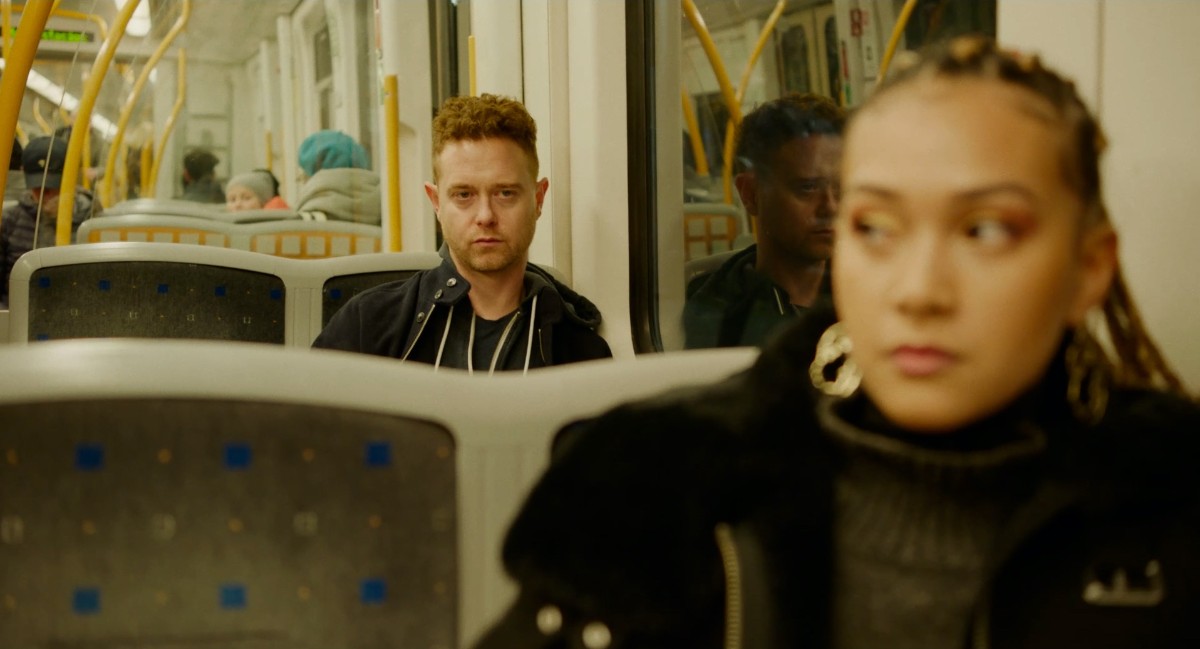
You shot the film in days. How long were your days?
GB: We shot the film the first two days, then two more days some months later and two more days after half a year. In the end, we had 10 days shoot- so, in the end, the film was shot in 16 days. As Alternativet produces a low budget it is very important for us to be proper in relation to payment and working (union) times. Many of us have small children and I wanted the production to be compatible with having a family, even though everyone worked very hard of course.
Did the tight shooting schedule make it harder or easier? How did it affect performances?
GB: I think the tight schedule was not a problem. The film has many long scenes with much dialog. So, half of the film is shot with two cameras. For me and the actors that were very nice, because I wanted to catch the intensity in the situations, and filming with two we could work as if we were working in a one-shot.
What was the experience like of working with a small shooting crew?
GB: Working in a small crew, it is easier to change plans and work with new ideas on set. That goes both for directing actors and the photographic work.
The film looks stunning. How did you get such a good look when shooting so fast?
GB: Marte Vold is the most fantastic photographer and works very intuitively. She has a background both in art and film.
When did you form your production company – and what was the original motivation for its formation?
GB: ALTERNATIVET is a production collective based in Oslo, Norway, founded in 2017 by filmmakers Guro Bruusgaard, Katja Eyde Jacobsen, Magnus Mork and Mariken Halle. We work on the floor on each other’s projects and build up new work structures from the specific needs of each project we work on. Our original motivation was to be able to stay in artistic practice. We also want to contribute to a generous, open art/film field where more people get to make what they long to make. Since we started, we’ve made Magnus Mork’s THE FOREST, Mariken Halle’s WE ARE HERE NOW and Marin Håskjold’s WHAT IS A WOMAN?. Katja Eyde Jacobsen’s THE OTHER SEX is in post-production. Mariken Halles THE OUTDOOR SCHOOL is in production and now we’re HIM in June in Norway.
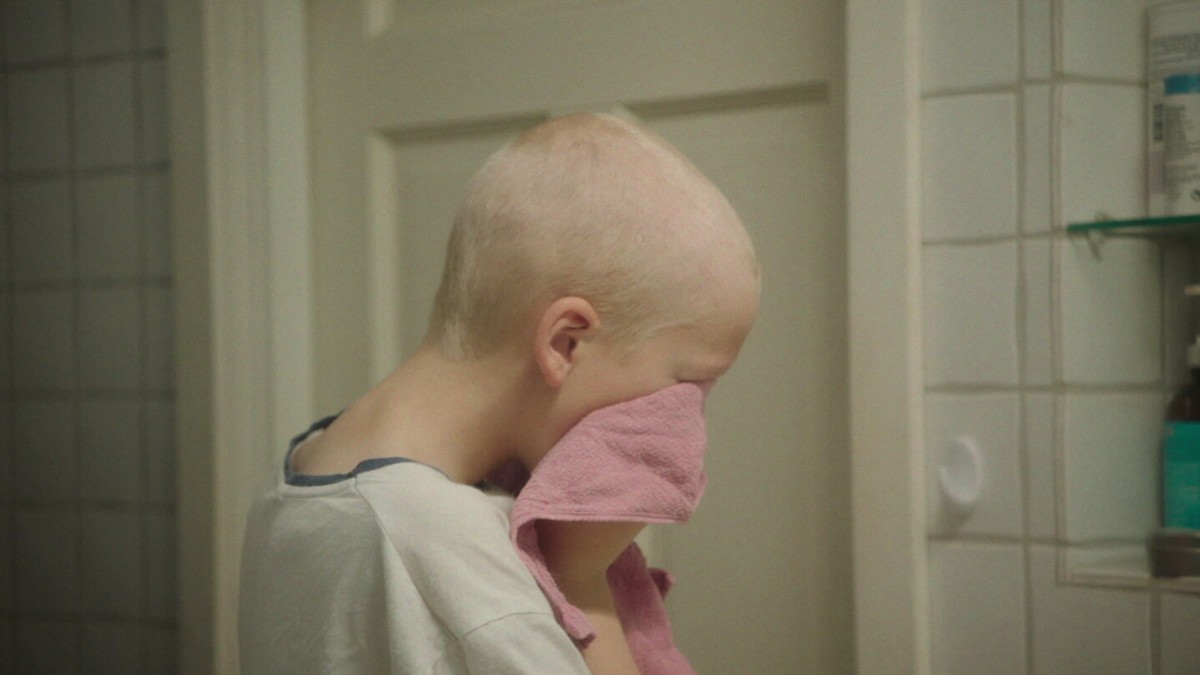
Let’s talk about finance. How did you finance the film?
GB: We have many connections to Sweden (the co-writer, the composer and many of the actors are Swedish), so in one way it would have been natural to have a co-production with Sweden. But we decided to only use national funding because a co-production would be too much administrative work as we have produced several films at the same time, and are all filmmakers.
We financed the film by filming for all small funding we received (so-called development support from the Norwegian Film Institute) and by our own investment (in form of labor) and by using locations, props, and costumes provided for free by friends and family. So, we shot the film in five different shoots over three years. Finally, we got full funding from The National film Institute to do the post-production.
It gave a lot of energy to film over such a long time, cut in between and work with fantastic actors in the different parts- as is a film with three separate stories. I have worked with so many great people. For me, being able to be a part of all the processes in the production is very satisfying.
How important is marketing? Talk about the festival tour? Do you think a project can make a dent without it nowadays?
GB: Marketing is a tricky word because it is a way of thinking about my film as “goods” more than a work of art or something I think is important to talk about. As a filmmaker, my goal is not to earn a lot of money, but rather be able to make the films I think are important. Still, I am the producer, and an important part of filmmaking is to find the audience for the films – of course, I want as many as possible to see it, and nowadays the world is drowning in films, streaming channels, and screens. I also believe HIM has an international relevance so we started early on applying to the major film festivals. In Norway, we are lucky to have a very competent team at the National Film Institute who works on international relations and pushes Norwegian films on markets and festivals. So, one day we received this enthusiastic mail from one of the programmers at The Moscow Film Festival who absolutely loved the film. That became our international premiere and it felt great. That also became a starting point for quite a few festivals from all over the world, so the film will hopefully tour around for quite a long time. I believe the festivals are crucial to making films known, especially internationally.
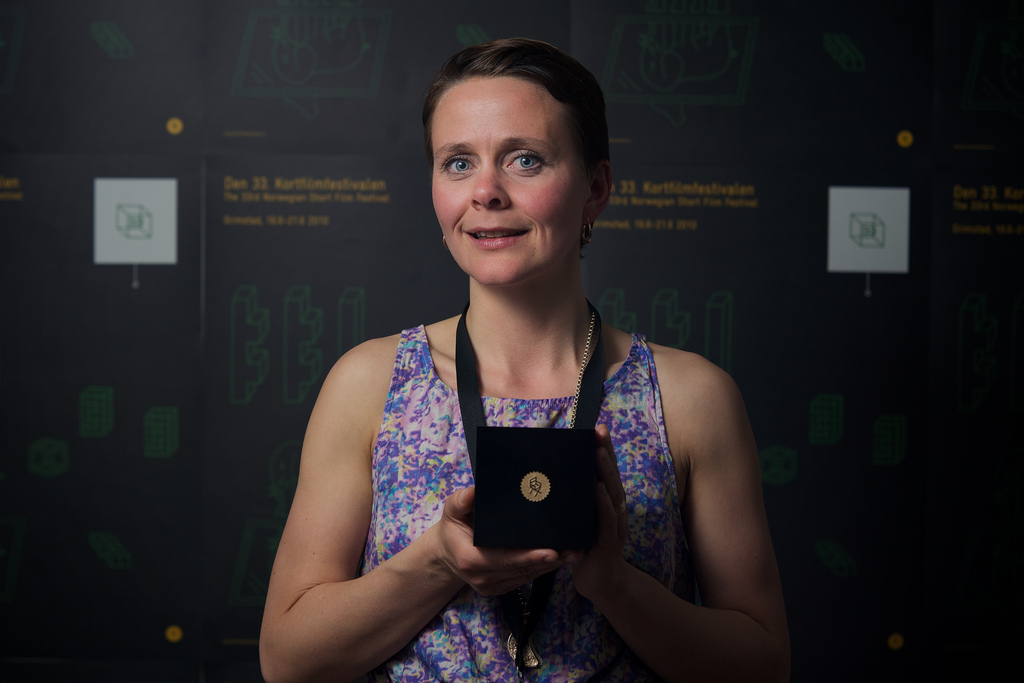
Tell us about marketing activities or efforts on this project – and how it worked or didn’t work?
GB: We work with Euforia which is a distributor of Norwegian films and Scandinavian Co-productions, (focusing on high-quality films), and Magnus Mork and myself are market managers with the help of Vibeke Skistad in Euforia. We try to create momentum around the film in Norway by working towards the press, but also by contacting organizations, relevant people, and institutions that can help organize happenings. We will travel around on a cinema tour with the actors and have conversations about the film’s themes when it is shown around Norway. Another important aspect is all the “packaging” around a film – from the poster and the visual identity to the way you talk and write about it. That too is essential to catch people’s attention.
What do you hope audiences will get from the presentation of your film?
GB: Making the film I have no answers only questions – and I hope that the film will encourage the audience to discuss.
Tell us what you think of the Case Study for the name of the film What do you think of it? Let’s have your comments below and/or on Facebook or Instagram! Or join me on Twitter.
Follow Guro Bruusgaard on Social Media
Website
IMDb
Facebook
Vimeo
MORE STORIES FOR YOU









